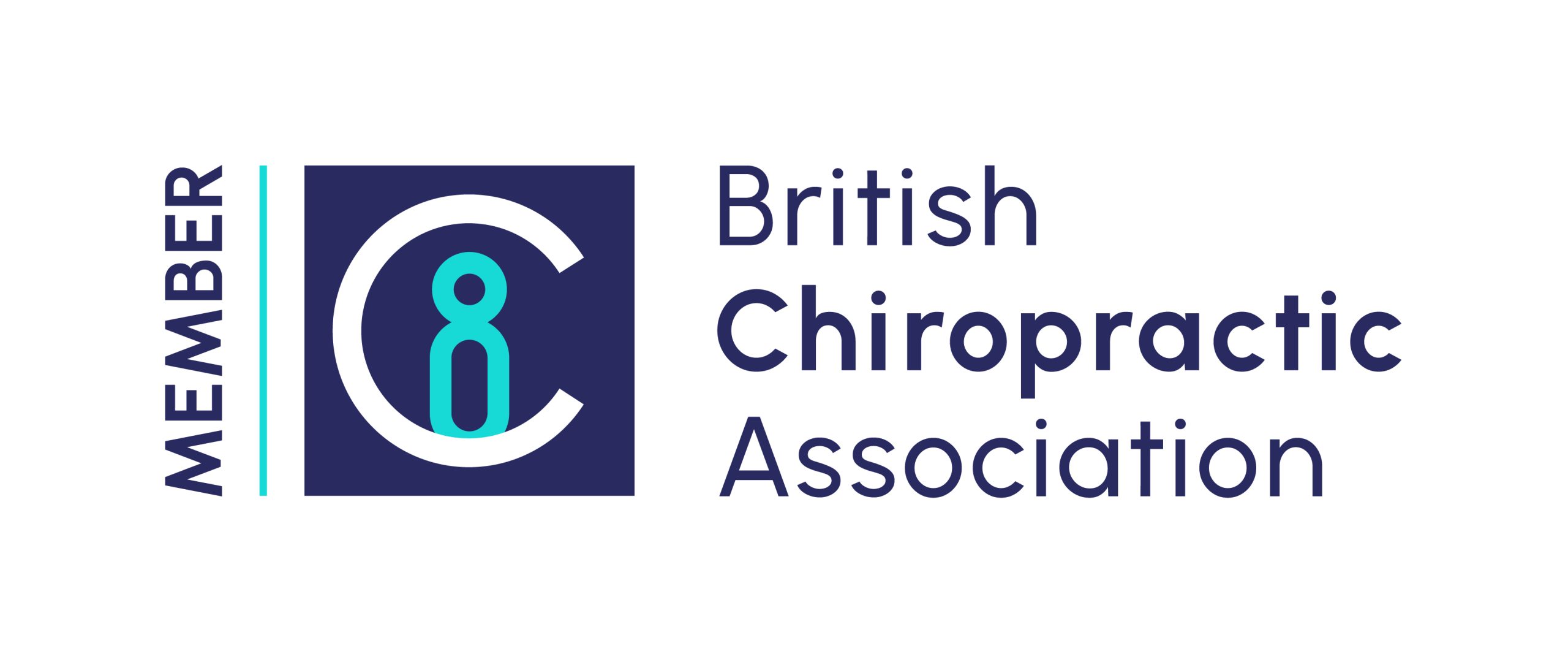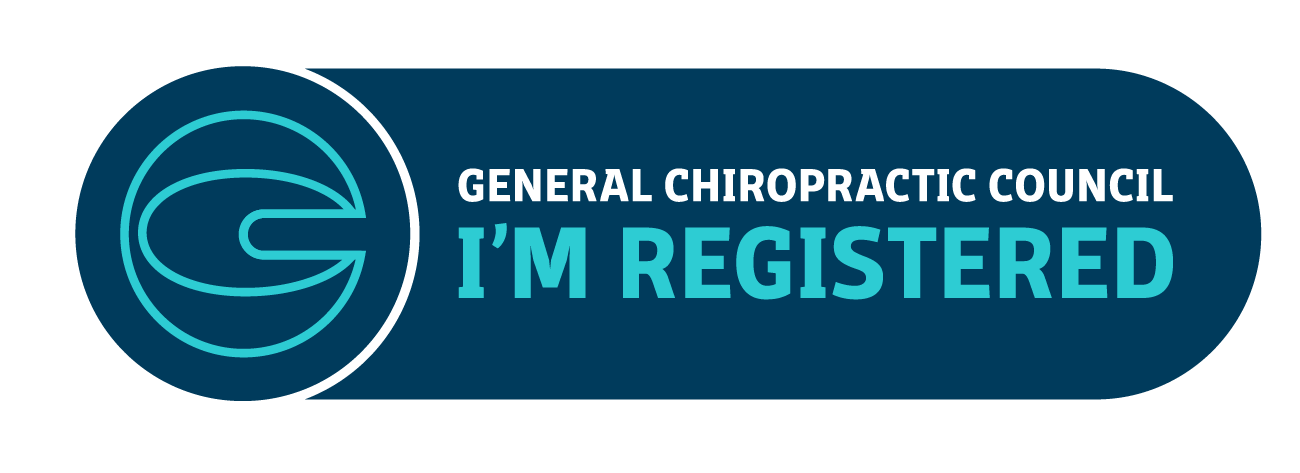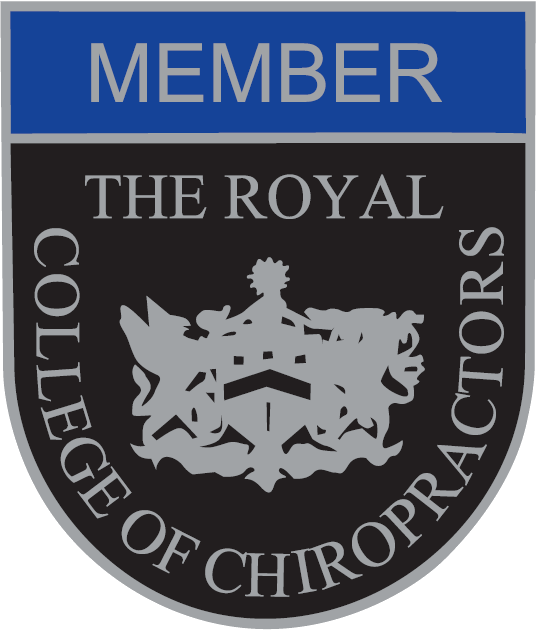 If you are one of the millions of people who suffer from back pain, you are not alone. Back pain, and more specifically lower back pain, is one of the leading causes of disability across the globe.
If you are one of the millions of people who suffer from back pain, you are not alone. Back pain, and more specifically lower back pain, is one of the leading causes of disability across the globe.
The severity of back pain ranges significantly, leading to misinformation about the causes and the most effective treatments. In this article, we’ll share three of the most common misconceptions about back pain, helping you filter through the chaos.
Misconception #1: Bed rest will alleviate back pain.
While common sense might tell you that you should rest when you experience back pain or injury, the truth is that movement is the key to recovery. Even gentle movement prevents the back from becoming more stiff and painful.
In addition to chiropractic care, staying active increases your overall fitness which can prevent future injury. Activities that work the core and tone the muscles of your back give your body the strength necessary to support your spine.
For most back pain, your Chiropractor may recommend exercises, including:
- Yoga
- Pilates
- Stretching
- Core exercises
- Weight training with light weights or bodyweight
- Walking
- Swimming
When it comes to back pain, maintaining a healthy lifestyle helps you avoid injury and recover more quickly. Regular exercise plays a huge role in your body’s ability to prepare for the strains of daily movement. Additionally, cardiovascular activities increase blood flow which ensures that vital oxygen and nutrients reach the injured area.
The bottom line? Avoid staying in bed when you have back pain. Instead, keep your body moving, within a level that is tolerable and doesn’t increase pain.
Misconception #2: An MRI is the only way to diagnose back pain.
Back pain is a complicated ailment. There are many possible causes of the condition, making it challenging for health care providers to pinpoint an exact cause.
Patients with back pain often believe they need an MRI or x-ray to get a true diagnosis of the problem. Yet, this is usually not the case.
Back pain typically does not present with obvious symptoms such as bruising or swelling. Because of this, patients think that a deeper, internal view of the area will reveal a specific cause.
MRIs can show abnormalities in the area of the spine and back, such as cancer. However, scans cannot show muscle weakness, a common cause of back pain.
Health care practitioners recommend exercise and pain medication, such as ibuprofen, as a first step. If the patient does not find relief using these methods and continues to suffer from chronic back pain, then, a scan may be ordered to identify a more specific cause.
Misconception #3: Back pain is just a fact of life.
A recent Global Burden of Disease Study found that lower back pain is one of the leading causes of disability, impacting about 557 million people worldwide.
These statistics are staggering, but they do not mean that chronic back pain is inevitable. By being proactive and taking care of your health, you can prevent chronic back pain and quickly recover if it does occur.
If you feel strain in your back, carefully monitor it to gauge an increase in pain. Maintain gentle activity, such as walking or stretching. Take over-the-counter pain medication and try other pain remedies, like hot and cold packs and foam rollers.
If you’re currently experiencing back pain and are struggling to find relief, Bradford House Chiropractic & Wellness Centre can help you get back on track. Contact us to schedule your appointment today, and say goodbye to pain for good!









